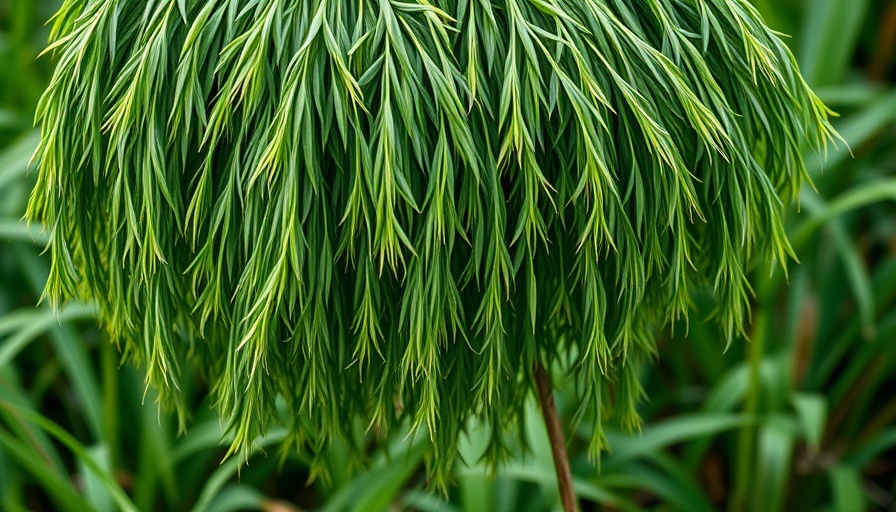
Understanding Tree Scale: An Overview
Tree scale is a persistent pest issue in states like Mississippi and Louisiana, significantly affecting the health of various tree species. Scale insects attach to tree bark and suck sap, leading to weakened trees and potentially contributing to tree mortality. Recognizing these pests and understanding how to manage them is crucial for homeowners looking to maintain the vitality of their landscapes.
Identifying Tree Scale Infestations
To tackle tree scale successfully, one must first identify the infestations. Signs include yellowing leaves, premature leaf drop, and sticky residue on leaves and branches known as honeydew, an excretion from the pests. Homeowners should regularly inspect their trees, particularly during warmer months when scale populations can thrive.
Effective Management Strategies
Addressing tree scale involves a variety of management techniques. Both physical methods, such as scraping them off during early infestations, and chemical treatments, including insecticidal soaps and horticultural oils, are effective options. It's important to choose methods that align with sustainable practices to preserve the ecosystem.
Benefits of Early Intervention
Early intervention not only preserves the health of individual trees but also protects the wider landscape by preventing the spread of infestations to other plants. Homeowners who implement timely and appropriate measures can save money and effort in the long term by avoiding extensive tree loss and associated costs of removal.
The Role of Seasonal Care
Homeowners can significantly benefit from incorporating seasonal care into their tree maintenance routine. For example, autumn and early spring are optimal times for applying preventive treatments, as trees are entering prime growth periods. The proactive management of tree health will make them less susceptible to scale infestations.
Common Misconceptions about Tree Scale
Many homeowners may underestimate the impact of tree scale and assume it only affects a few species or that tree removal is the only solution. Educating oneself about scale insects can dispel these myths and promote effective management practices that support tree longevity.
Conclusion: Take Action Today
As stewards of their landscapes, it's essential for homeowners to stay vigilant against tree scale. Utilize the insights shared here to implement effective management strategies and protect your trees. Don’t wait for the signs of infestations to appear; consider adopting preventive measures as part of your regular landscaping maintenance.
 Add Row
Add Row  Add
Add 




 Add Row
Add Row  Add
Add 

Write A Comment